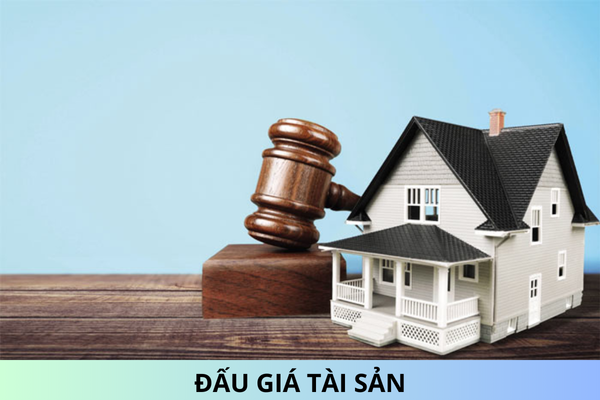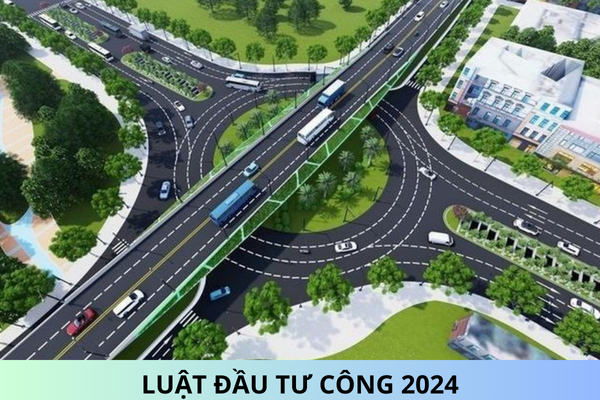Assessment of Radiation Contamination Due to Absorption of Radioactive Substances in Response and Handling of Radiation Incidents: What is the Procedure?
Radiation Contamination Assessment Due to Radioactive Material Absorption in Response and Handling of Radiation Incidents
According to Subsection 3.8 of Section I, Appendix I.9 issued together with Circular 08/2022/TT-BKHCN (effective from July 22, 2022), the process to assess radiation contamination due to the absorption of radioactive materials in response and handling of radiation incidents is as follows:
a) Diagram

b) Explanation
This process assesses the effective dose due to the absorption of radioactive substances in food and soil.
Step 1: Collect input information
- Activity concentration in food, drinking water, and milk.- Activity concentration in dust.- Absorption time.
Step 2: Assess the effective dose due to the absorption of radioactive materials
 |
(17) |
In which:
Eing = Effective dose due to absorption (mSv)
CFf,I = Activity concentration of radioactive nuclide i in food after processing or in dust (kBq/kg)
Uf = Amount of food f consumed by the public per day. For adults, maximum absorption is 100 mg/d and average is 25 mg/d, for children maximum absorption is 500 mg/d and average is 100 mg/d (kg/d or L/d)
CF5,i = Conversion coefficient to effective dose for radioactive nuclide i from absorption calculated at the absorption time unit (mSv/kBq)
DIf,i = Absorption time, if the half-life T1/2 > 21 days use the value of 30 days, if T1/2 < 21 days use the average life of the radioactive nuclide
Tm = T1/2 x 1.44
with T1/2 being the physical half-life
Step 3: Repeat step 2
- Repeat step 2 for other types of food or other age groups.
Step 4: Assess the total effective dose due to absorption.
Step 5: Report to the competent authority the assessment results.
Procedure for Assessing External Exposure Dose Due to Radioactive Contamination in Response and Handling of Radiation Incidents
In Subsection 3.9 of Section I, Appendix I.9 issued together with Circular 08/2022/TT-BKHCN (effective from July 22, 2022), the procedure to assess external exposure dose due to radioactive contamination in response and handling of radiation incidents is regulated as follows:
a) Diagram

b) Explanation
This process assesses the effective dose caused by gamma-emitting radioactive nuclides in air streams containing radioactive substances. This procedure applies to incidents with gamma-emitting radioactive nuclides in air streams containing radioactive substances.
Step 1: Collect input information at the site
- Information related to the type of incident.- Measurement result information.- Activity concentration in the air.- Exposure time.
Step 2: Assess the effective dose due to external exposure caused by radioactive contamination
 |
(18) |
In which:
Eext = Effective dose caused by external exposure due to being covered by air contaminated with radioactive substances (mSv)
 a,i = Activity concentration of radioactive nuclide i in the air (kBq/m^3^)
a,i = Activity concentration of radioactive nuclide i in the air (kBq/m^3^)
CF9,i = Conversion coefficient for radioactive nuclide i [(mSv/h)/(kBq/m^3^)]
Te = Exposure time (h)
Step 3: Determine the level of impact
- Record all the above information.- Determine the level of the effective dose.
Step 4: Report
- Report to the competent authority on the assessment results and the alert level.
Sincerely!










